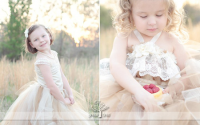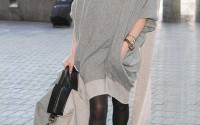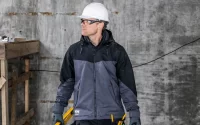Everything You Need to Know About Pilot Uniforms
We are used to seeing pilots of commercial airlines in different airports, looking impeccable in their stylish, fit uniforms. However, most of us are unfamiliar with the origin of the uniforms, what do they consist of, why they look like they look, and whether they are rules to their uniforms. Probably the most interesting thing about pilots’ uniforms, however, are their epaulettes on pilots’ shoulders, and most have wondered about the meaning of those golden stripes or bars.
Origins of the Pilot Uniforms
There are different versions of the origin of pilot uniforms, but because commercial flying essentially originates from military aviation, we can say that the history of the uniform starts there. It’s clear that in the 1930s aviators used to wear military uniforms, which originated from the uniforms of the aviators in the First World War. These uniforms were designed to allow pilots to move freely to fly the aircraft.
They featured khaki trousers, a leather bomber jacket, boots and a leather helmet. This helped them withstand the weather conditions. In the 1930s the uniforms started changing drastically and rapidly, with the introduction of the so-called flying boats, that made air transport between Europe and the USA possible. Thanks to the now disappeared American airline, called Pan American World Airways, responsible for this big change in the world of aviation, the uniforms have also started changing.
The military attire used by pilots was slowly replaced by uniforms that were inspired by those worn by the American Marine forces. Even today, pilots wear aviation clothing similar to military uniforms. So, technically this is because contemporary pilot attires were based on the attire worn by the pilots of Pan Am, and not because of First World War pilot uniforms.
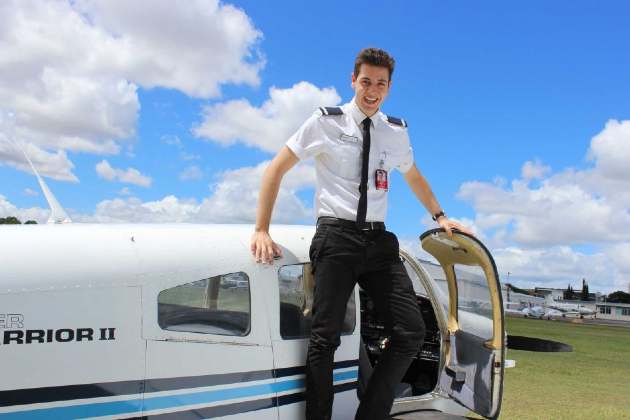
Benefits of Pilot Uniforms
Naturally, when they wear pilot clothing, aviators are easily distinguishable and recognisable both inside the aeroplane and in the airport. Essentially the idea is that, because of their responsibilities, the pilots should be respected by the flight crew, their fellow pilots and by the passengers. Furthermore, even though each airline has its design for the crew uniforms, including the pilot’s uniform, anyone can instantly recognise pilots because they all look similar. Commercial airline chooses the uniform the captain will wear.
But rather than a strict rule pilot uniforms are more of an unwritten rule and a silent agreement amongst aviators and companies in the business of flying. Regardless of the industry, uniforms make people feel like they are part of a team and they represent the same idea. Moreover, they have a huge influence on the customer’s perception of the employee. In the case of employees of commercial airlines, it’s more or less the same. A professional image instils confidence in people, which can influence the customer’s opinion. In other words, Airline pilot clothing may influence the passengers’ state of mind.
Uniforms have been proven to make people look more trustworthy, but also it may make them seem more authoritative in the eyes of their crew. This can make for a more effective team. Because the pilot has such a responsible job, and he or she needs to give instructions to the crew regularly, the pilot apparel can help them establish a more authoritative image, which can ultimately make everyone’s job easier.
The attire of an Airline pilot generally consists of a shirt, pants, jacket or a blazer, a coat, a tie and a hat. The shirt is always either wight or light blue. It can feature long sleeves or short sleeves, and it should always be buttoned up. The pants and the blazer come in the same colour, usually black or navy. The jacket usually has epaulettes, so that they can be visible at all times.
Pilot uniforms aren’t complete without a tie. However, what is probably the most recognisable part of aviation apparel is the pilot cap. These caps are also inspired by the Pan Am employees, like the clothes, but now they are smaller in size. However, not all airlines use them, and those that do choose their designs. The caps always match the colour of the pants and the blazer. They often feature golden or silver details and leaves.
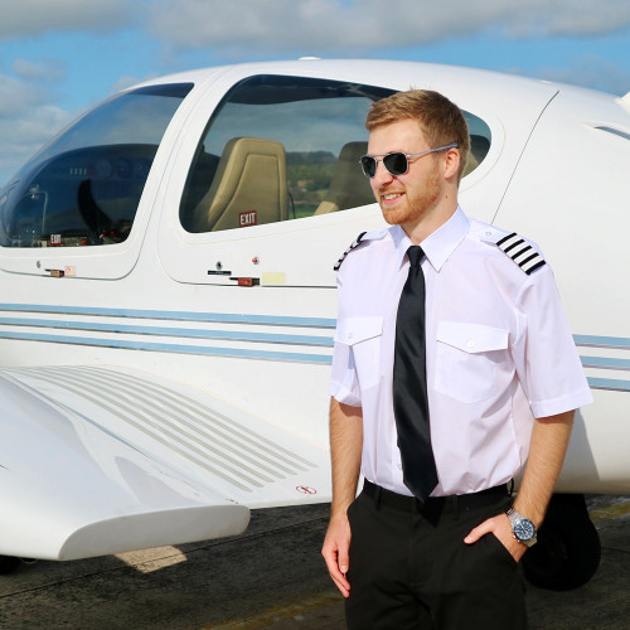
The Epaulettes
Attached on the shoulders of pilots are the bars, placed on a black shoulder piece, known as epaulette. These are one more recognisable feature, on every pilot’s uniform. Even though they look nice, their role isn’t an aesthetical one. The epaulettes represent the duty of each of the cabin crew members. More precisely they represent the qualifications of the pilot, as well as her or his experience level.
The meaning of the number of bars on the black epaulettes may vary slightly from airline to airline, but generally, the pilot of a commercial flight who is wearing four bars or stripes on their shoulder is the captain. The senior first officer, also referred to as the co-pilot, usually has three stripes, while the third in command, called the second officer usually has two stripes.
Pilot students who are still in training, called trainee pilots or cadets, may wear a different number of bars or stripes depending on the flight school. This may depend on their current level – or in other words, a different number of stripes probably means a different number of stripes.

